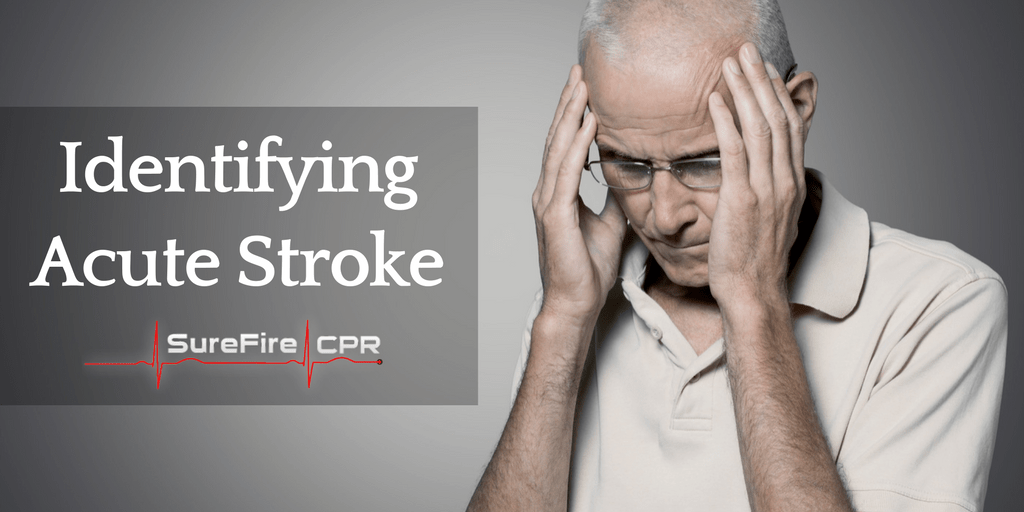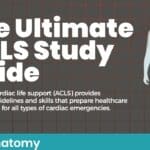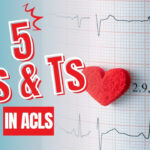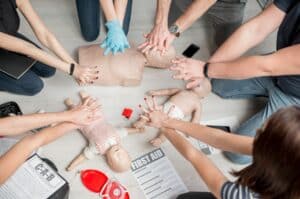An acute stroke may occur without warning. However, those who understand the different types of acute strokes may be able to identify stroke symptoms and respond accordingly.
There are two kinds of acute strokes:
- Ischemic Stroke
The American Heart Association (AHA) notes that ischemic strokes account for 87 percent of all stroke cases.
An ischemic stroke may occur due to an obstruction within a blood vessel that supplies blood to the brain, according to the AHA. The obstruction may develop over time due to fatty deposits that form along the blood vessel’s walls.
Furthermore, an ischemic stroke requires immediate treatment to restore blood flow to the brain. WebMD points out clot-busting drugs that are administered within three hours of an ischemic stroke may boost a victim’s chances of survival. An intravenous injection of these drugs – such as recombinant tissue plasminogen activator (RTPA) — has been shown to restore blood flow.
- Hemorrhagic Stroke
A hemorrhagic stroke may happen if an artery in the brain starts to bleed. VeryWell notes there are two types of hemorrhagic strokes:
- Intracerebral:Occurs when a blood vessel in the brain ruptures.
- Subarachnoid: Happens when blood accumulates in between the brain and brain lining.
When it comes to treating both ischemic and hemorrhagic strokes, a quick diagnosis is key. Thus, an individual who understands how to identify acute stroke symptoms may be able to provide critical support to a stroke victim until advanced medical personnel is available.
An acute stroke victim may display several symptoms, including:
- Difficulty with vision
- Confusion
- Loss of balance or coordination
- Difficulty speaking
- Numbness or weakness on one side of the body
If you encounter an individual who displays the symptoms of an acute stroke, call 911 immediately. An acute stroke victim will require advanced medical treatment, along with diagnostic tests to determine the stroke’s cause and how to prevent an acute stroke from happening again. Therefore, the sooner you call 911, the sooner an acute stroke victim can receive advanced medical support.
Save











